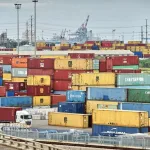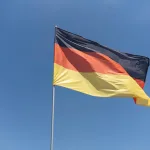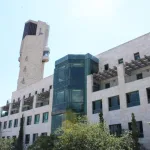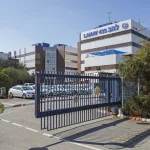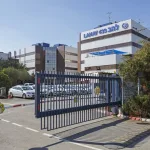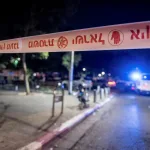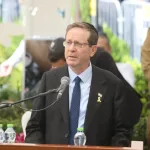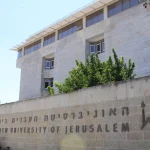Jerusalem, 26 November, 2025 (TPS-IL) — Nof HaGalil Mayor Ronen Plot said his city is ready to welcome the next wave of Indian Jews, known as the Bnei Menashe, after the government approved a plan to reunite families and expand northern Israeli communities.
“Nof HaGalil has the ability to absorb everyone,” Plot told *The Press Service of Israel*. “The largest Bnei Menashe community in Israel lives here, about 1,500 people. They were absorbed in an amazing way—working, participating in the education system, running synagogues. They have become an inseparable part of our landscape, and the absorption was very successful.”
The Bnei Menashe, an ethnic group from northeast India’s Mizoram and Manipur regions, have preserved their Jewish identity over centuries despite isolation. Around 4,000 have already immigrated under previous government efforts, but many families remain divided between Israel and India. Rising ethnic tensions in their home region prompted Jerusalem’s new initiative.
Under the plan, 1,200 members of the community are expected to arrive by the end of 2026, with another 4,600 to follow by 2030. Nof HaGalil, located near Nazareth, currently has about 45,000 residents.
“This initiative is about completing that immigration and bringing families back together,” Plot told TPS-IL.
He added that Nof HaGalil’s absorption infrastructure is well-prepared. “We absorbed Ukrainian immigrants at the start of the war, including people who arrived without preparation. We have programs in kindergartens for children who speak Mizo and Kuki [the languages of Mizoram and Manipur], allowing them to maintain their language while integrating. Our absorption department works closely with the Jewish Agency and the Ministry of Aliyah and Absorption.”
The government said the plan would cost NIS 90 million ($27.4 million) in its first phase, covering housing, Hebrew instruction, employment guidance, conversion procedures, and social support. New arrivals will settle primarily in the Galilee region, including Nof HaGalil and other northern cities.
Prime Minister Benjamin Netanyahu called the plan “an important and Zionist decision that will strengthen the north and the Galilee.”
Minister of Aliyah and Absorption Ofir Sofer described it as “a blessing for the Galilee and for Israel as a whole,” while Finance Minister Bezalel Smotrich said it will reunite families who “have carried the longing for Zion for generations.”
A delegation will travel to India next week to assess community members’ eligibility for immigration.
Plot expressed confidence that newcomers would integrate quickly. “Many in the community already serve in elite army units and the Border Guard. Adults work in agriculture, industry, and education, while young people attend universities. Seeing this success will encourage newcomers to fully integrate into Israeli life,” he said.
The Bnei Menashe—literally “sons of Manasseh”—claim descent from one of the Ten Lost Tribes of Israel, exiled by the Assyrian Empire more than 2,700 years ago. Their ancestors wandered through Central Asia and the Far East for centuries before settling in what is now northeastern India, near the borders of Burma and Bangladesh.
Over the centuries, the Bnei Menashe maintained Jewish practices, including observing the Sabbath and holidays, keeping kosher, and following the laws of family purity.
Tradition holds that the Jews of India first arrived in the region during the holiday of Tu B’Shevat after surviving a shipwreck around 2,000 years ago. According to legend, the Prophet Elijah appeared to them, promising that they would prosper in India and that their descendants would eventually return to the Land of Israel.



